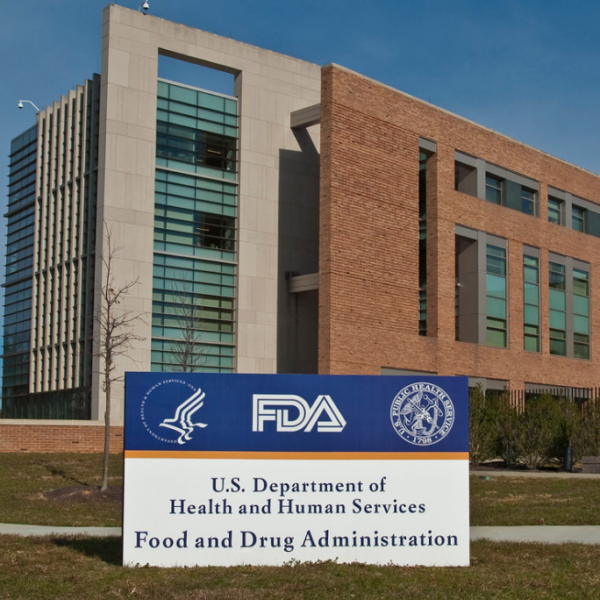The Critical Role of Quality Control (QC) – Medical Writing and Beyond

For many professionals in the clinical trial planning and execution phases of drug development, the quality control (QC) function is often considered to operate only to ensure the quality of documents prepared by Medical Writing. This is especially important, as the size of the medical writing industry is set to double by 2030 to reach $8.4 billion, according to a recent report from Grand View Research.
However, when you consider the various tasks that QC teams perform, it can start to become clearer that QC serves more than medical writing; it is an integral part of many different functions throughout a Sponsor and the pharmaceutical industry at large.
Consistent cross-functional deliverables
The specific tasks and processes involved in document QC can vary widely depending on the nature of the documents. Yet, at the heart of any QC project, the aim is to ensure that the document is accurate, consistent, clear, aligned with regulatory and template/style guidance, and is audience appropriate.
The tasks performed by QC to achieve this can be broken down into various categories, as detailed in Table 1 below.
| QC Task | What This Means for Your Document |
|---|---|
| Editorial | |
| Grammar and spelling | Checks for grammatical and spelling errors to ensure that the document is free from typos and grammatical mistakes, as well as ensuring adherence to style guides. |
| Abbreviations | Each abbreviation used in the document has a corresponding full definition or expansion the first time that it is used, and that each abbreviation is used consistently throughout the text. This ensures that the same abbreviation is used for the same term every time that it appears, and a complete List of Abbreviations is included. |
| Style and Formatting | The document follows the specified formatting guidelines. This may include checking margins, page numbering, line spacing, and font styles. This can also include verifying that the document layout is visually appealing and easy to read. |
| References and citations | Verifies that all references, citations, and sources are properly documented and formatted according to a specific style guide. |
| Data and content | |
| Content review | Review documents to ensure that the content is factually accurate, complete, and up-to-date with no missing or incorrect information. This may involve fact-checking, cross-referencing with reliable sources, and ensuring that any data or statistics are correct, as well as the conclusions drawn from them. |
| Cross-checking data | Cross-checks data within text, tables, or figures with the source data to ensure accuracy. |
| Consistency | Ensures consistency in language, formatting, style, and terminology throughout the document. This includes checking for consistent use of headings, fonts, colours, and language. |
| Clarity and readability | Assesses the document’s overall readability and clarity. This involves checking for proper organization, logical flow, and clear communication of ideas. |
| Review for confidentiality | Ensures that sensitive or confidential information is appropriately redacted or protected. |
When these tasks are considered separately, it is clear they can be applied to any document prepared by any function across the drug development landscape. Within the context of the pharmaceutical industry, QC should be included as a standard part of the process for all documents, whether it be for:
- Tables, Listings, and Figures (TLFs) or Statistical Analysis Plans (SAP) for Programming,
- Case Report Forms (CRFs) for Data Management,
- redactions for Transparency,
- Medical Monitoring Plans for Pharmacovigilance,
- Data Monitoring and Adjudication Committee Charters for Project Management, or
- Requests for Comments and Advice for Regulatory Affairs.
Quality control can of course be applied not just to Word documents, but for PowerPoint slides, posters, Excel spreadsheets, and the like. So, the next time you have a document to prepare, take time to stop and think, “what can QC do for me?”
For questions related to this article, please click here and we will connect you with a QC expert.
Authored by: Sharon Oyetunde, Manager, Regulatory and Medical Writing at MMS Holdings



